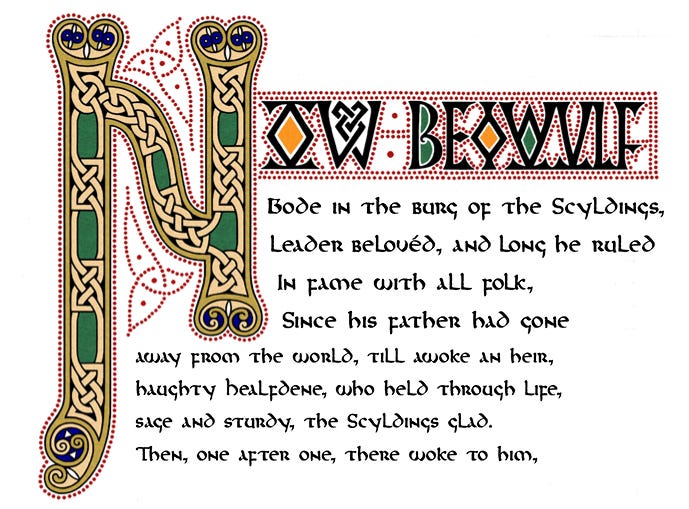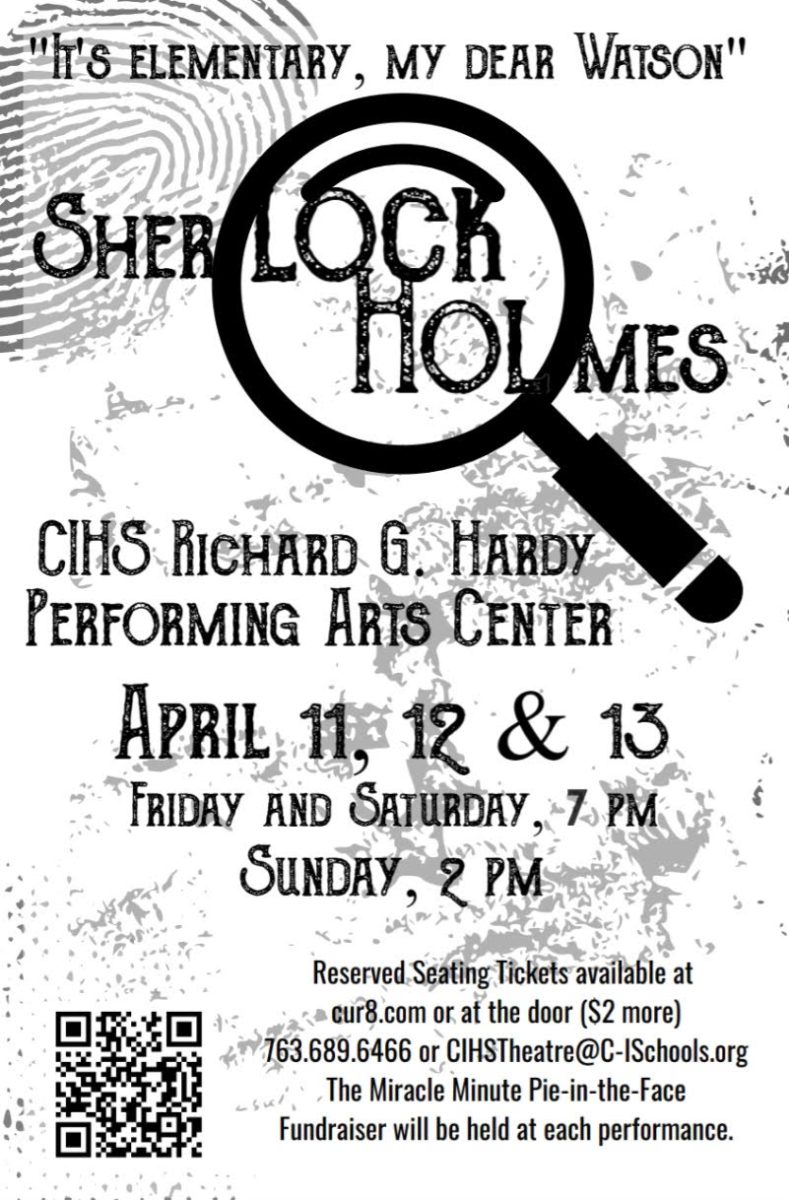How folktales began:
Folktales have played an important part in our culture throughout human history. Folktales have allowed people to tell stories of heroes that have inspired youthful children worldwide for centuries. These tales have been told for a long time, but it has been estimated that common folktales began around 4,000 years ago. It is believed that folktales were originally told as an oral tradition. Folktales in the commoner’s society were seen as a way of escaping everyday life’s struggles and were told for both the inspiration and entertainment they gave to people.
How folktales were made:
Folktales were believed to be based on the superstitious ideas common in the Middle Ages. These superstitions often revolved around believing that monsters and the like existed in the natural world. Due to these shared beliefs that evil and monsters were around every corner, ordinary people made stories that warned about the dangers of everyday life. These stories often had a lesson that was the story’s central theme. These themes usually included ideas such as not trusting strangers or the dangers of lying. Due to the standard population needing to be better educated, these short, entertaining stories were the most natural way to learn about important life lessons and common sense.
How folktales became so valued in our society today:
Folktales eventually became so popular that they became incorporated into our society. Many scholars believe that folktales have had such an impact on our culture because of their simplicity. This is a common belief because when you look at a folktale narrative structure, it is usually a straightforward story that is built upon a central theme. These central themes make folktales very recognizable and easy to understand. The simplicity of these classic stories has made them so memorable and beloved throughout the ages. While folktales such as The Boy Who Cried Wolf and Beowulf can be summarized in a few sentences, these stories have resonated with readers and enthusiasts alike due to their simplicity and interesting narrative structure. Folktales are very popular in society because they often have exciting narratives contextualized in a story that can be summarized in a few words.
How folktales have influenced modern storytelling:
Without folktales, modern entertainment probably wouldn’t be the same now. I say this because folktales may have been some of the first English stories ever made. An example of folktales being some of the first English stories ever known can be seen in the story of Beowulf. The story of Beowulf is considered one of the first English epic stories ever known and one of the first English character arcs ever written. The story of Beowulf is about a warrior named Beowulf who fights monsters. At the end of the story, he has an epic battle with a dragon that he ends up defeating, but ultimately, he dies of his wounds. The reason that this story is important is because this story is technically the first English adventure story ever written. The story of Beowulf has influenced many modern stories, such as The Lord of the Rings. Many modern stories have adapted the format of folktales, like Beowulf, by having an easy-to-understand story that includes character arcs. To put it simply, the story of Beowulf and other folktales have influenced the format of modern storytelling and character arcs. Many modern beloved stories would never have been created without the original English folktales. This importance of folktales is why these original classic fairytales have been pivotal to the creation of modern storytelling. The influence of classic folktales is why they will remain remembered for decades.






